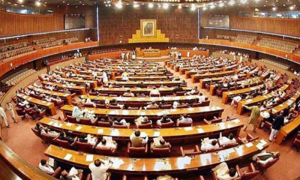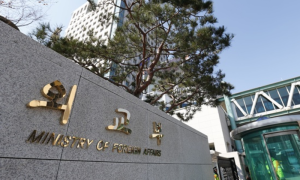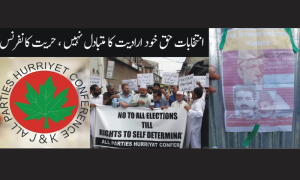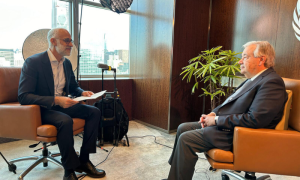On July 12th, various Indian media outlets reported that police in Dehradun, the capital of the north Indian state of Uttarakhand, have arrested five people for possessing sensitive radioactive material and equipment. While the media reported that a few boxes had been confiscated, ANI published a video that showed at least two specialized-designed boxes used to carry radio-active material. One box contained what suspects claimed to be radioactive material — an assertion corroborated by the State Disaster Response Force (SDRF) team by using specialized equipment. The other box contained a radiography camera with a manufacturing seal of the Board of Radiation and Isotope Technology, Department of Atomic Energy, Bhabha Atomic Research Center (BARC) — India’s premier nuclear facility.
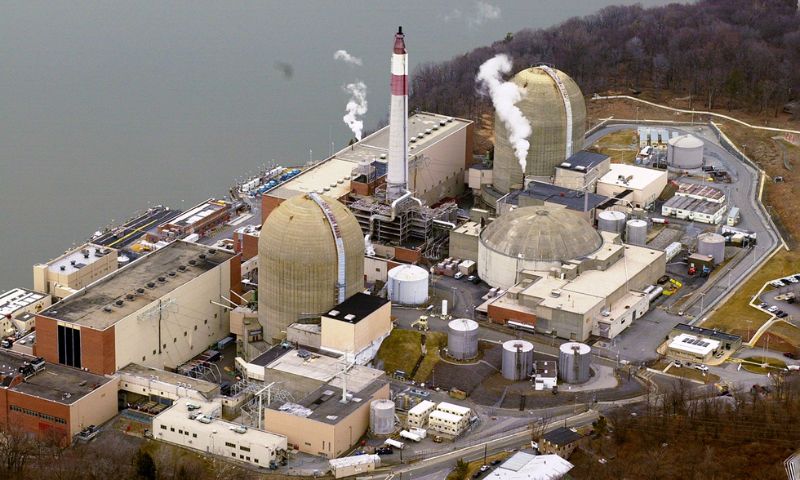
According to the pro-government media outlet Zee News, the materials have been stolen from a government facility. As per media reports, the boxes were initially examined by a Radiation Emergency Response team from Narora Atomic Power Station and were later sent to the BARC for further testing. Later on, media reports citing police officials confirmed more arrests and claimed that the materials didn’t contain any radioactive material and that the accused were trying to make a hefty deal by duping the potential customers.
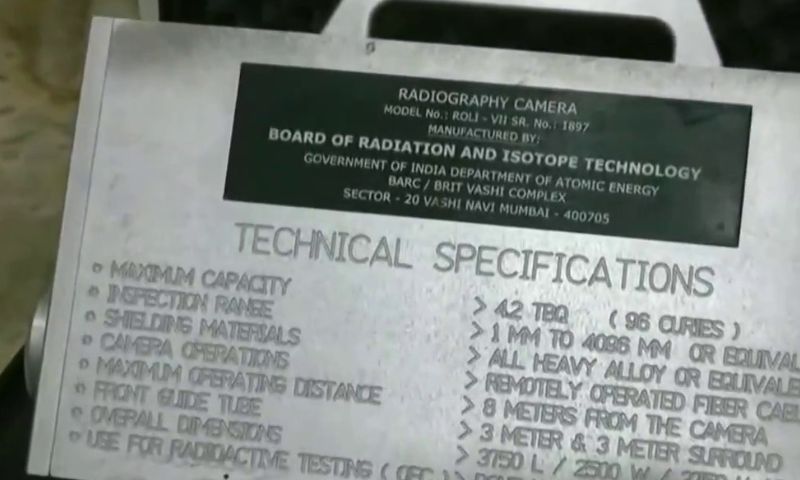
While the accused have now been booked for forgery and cheating, several unanswered questions and unexplained aspects demand a closer examination of the episode.
First, could it be an incident of forgery and attempted duping as the media reports claim citing police officials?
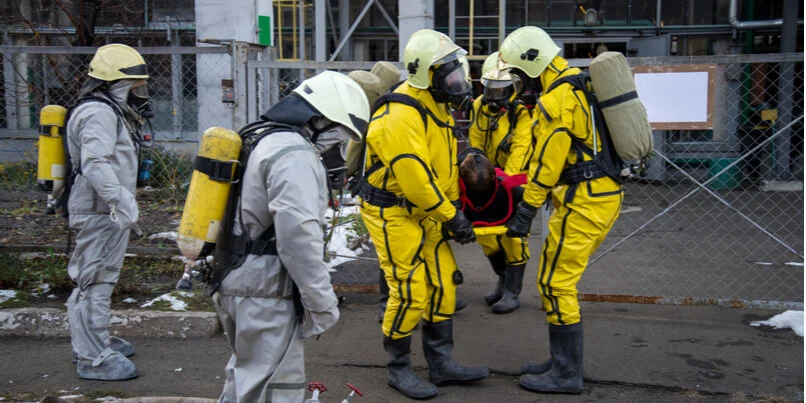
Following initial arrests, the police official heading the investigation claimed that a deal worth crores was about to happen. Later on, media reports citing police officials claimed that the accused were trying to make a deal worth ₹10-15 crore, which by any standards is a hefty sum of money. It is implausible that buyers, willing to pay such a hefty sum of money, could have moved ahead with the deal without establishing the veracity of the material. The presence of the radiography camera — which could be used to probe the inside of a material object and hence confirm the type of the material — further weakens the duping claim. Arguably the radiography camera was part of the deal to confirm the authenticity of the material being traded; hence the chances of attempted duping remain slim.
Importantly, the media reports initially claimed that “a few” boxes had been seized, but the ANI video showed only two boxes. Could it be that the Indian police are withholding some information or material given the sensitivity of the matter?
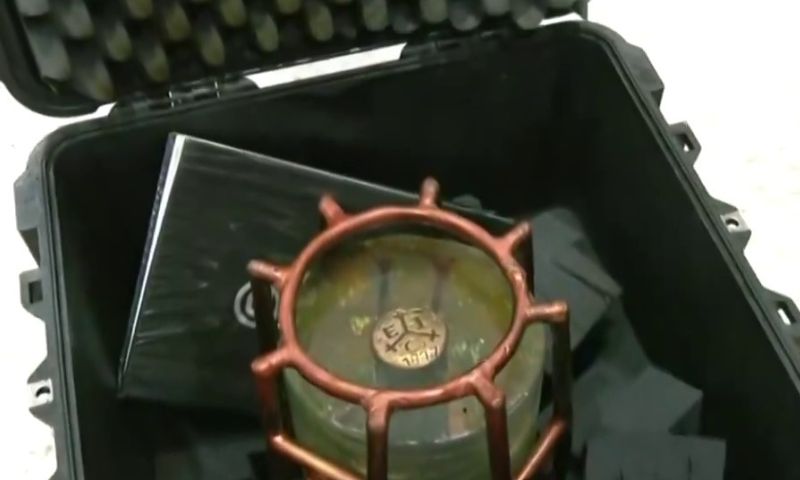
Furthermore, a media report claimed that the radiography camera carrying the manufacturing label of BARC could also be fake. However, a close examination of the label and detailed specifications mentioned on the casing of the radiography camera suggests that the claim may not be genuine. If the radiography camera is assumed to be fake, it means the deal was of fake radioactive material that was to be authenticated using fake equipment. From a buyer’s standpoint, one has to be utterly naïve to be double duped and still pay ₹10-15 crore.
More importantly, questions arise about the mode of payment for the deal. Was it going to be cash or a banking transaction? If it was cash, did the police find the cash from the possession of buyers or sellers? Given ₹10-15 crore would be quite voluminous and thus difficult to conceal. If it were to be a banking transaction, the chances of duping would be further minimized.
As mentioned above, the Zee News report claimed that the material and device were stolen from a government facility. Though the report didn’t specify the facility, the presence of the BARC manufacturing label suggests possible pilferage from India’s premier nuclear facility. If it was a pilferage from BARC, was it reported, or the culpability was fixed? The accused claimed the materials and devices were obtained almost 10 months back, which is a sufficient period to report and fix the culpability for the missing material and equipment. Was any such exercise carried out or were the authorities in BARC even aware of this pilferage from their facility? It is possible that the authorities at BARC may not be aware and may have only come to know of the pilferage after the materials and equipment were seized by the police and the ‘everything is fake’ narrative is subsequently concocted to cover a major security breach in India’s premier nuclear facility.

Of course, the above questions would be irrelevant if BARC had made such material and equipment commercially available for sale in India. But if BARC sells such equipment, did Indian state machinery need to go into panic mode for a usual commercial transaction?
Also, the distance from BARC to Dehradun is more than 1,600 kms. It begs the question of how the material and equipment were transported over such a long distance without being detected by police and other security agencies. Even more importantly, the material and equipment were seized within less than a 10 kms radius of the elite Indian Military Academy, which trains Indian Army officers and is supposed to be located in a high-security zone. How the materials and equipment were transported into the supposedly high-security zone of Dehradun without being noticed by the police and security agencies?
Last but not least is the question as to the purposes for which the material was being bought. Again referring back to the hefty sum of money involved in the transaction, nobody would be willing to pay such a huge sum of money without some grand objective. Irrespective of whether the buyers were being duped, it is critical to investigate what the buyers aimed to achieve by using what they believed to be real radioactive material. Was there any terrorist or disruptive angle involved, given the massive disruptive potential of radioactive substances?
More importantly, this is not the first incident of radio-active or other sensitive material getting caught in India. Incidents of theft and trading of sensitive materials have been commonplace in India and are frequently reported in media, which are most likely to be a small part of what is the actual scale of the black market of sensitive material and equipment operating in India.
As per the 1962 Atomic Energy Act, India’s central government regulates the manufacturing, possession, usage, transfer, import, and export of radioactive substances in India. The operations of such a huge black market under the nose of the Indian government suggest either complacency or incompetence. Recurrence of such security lapses raise very serious questions about the safety and security of hazardous materials in India.
“Author’s Bio: Hamdan Khan is currently working as Research Officer at Strategic Vision Institute Islamabad. He studies global affairs with a focus on great power politics, chip politics, programs and policies of nuclear weapons states, and emerging military technologies.”













